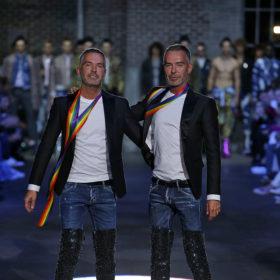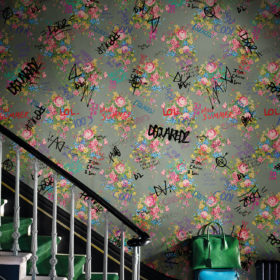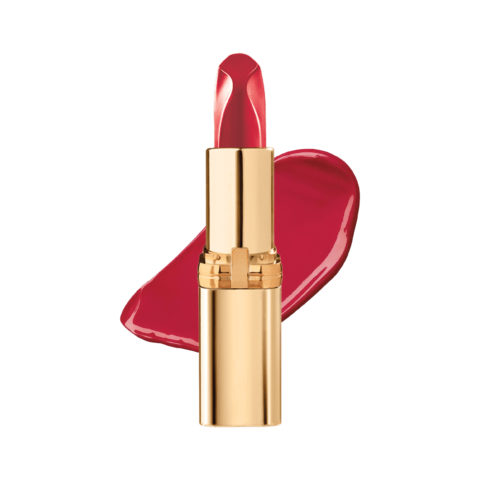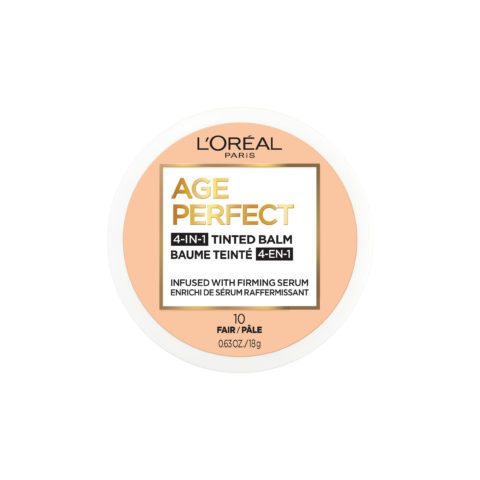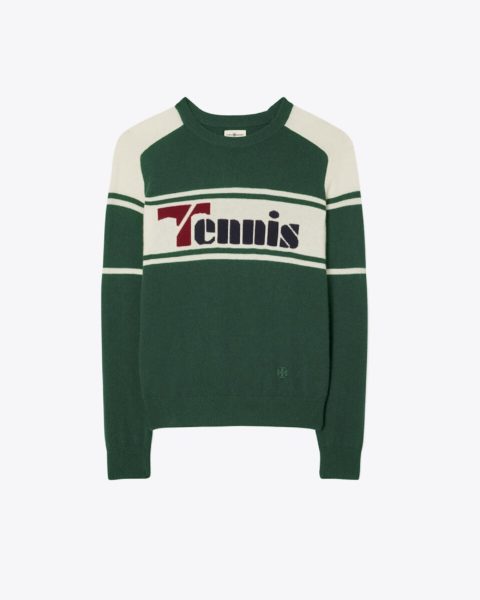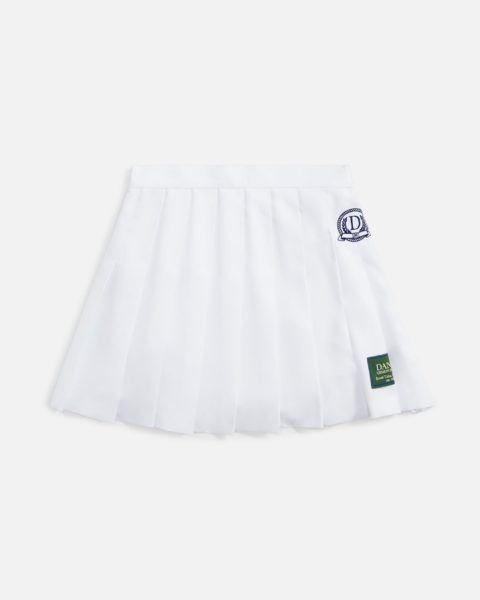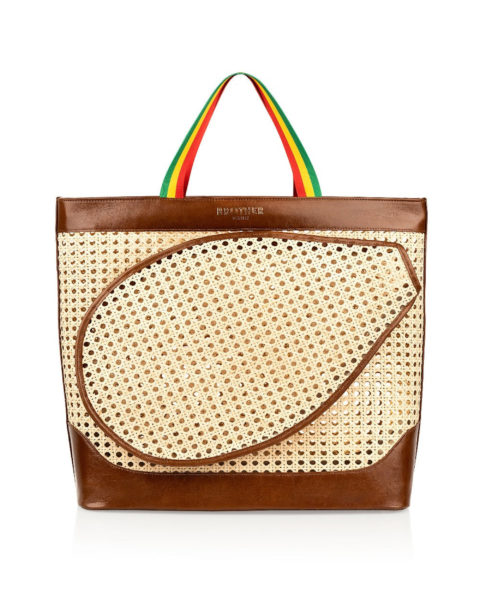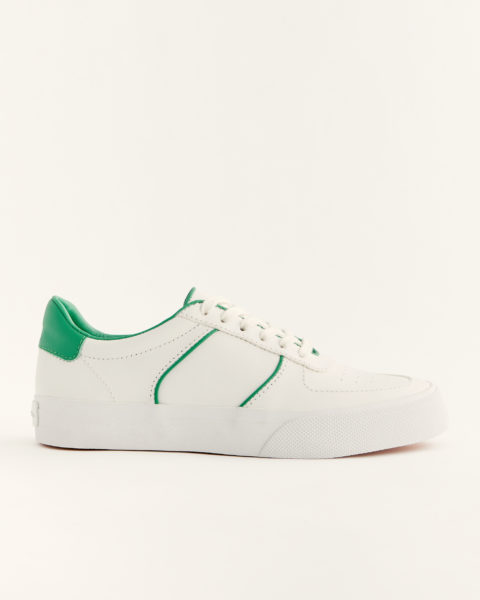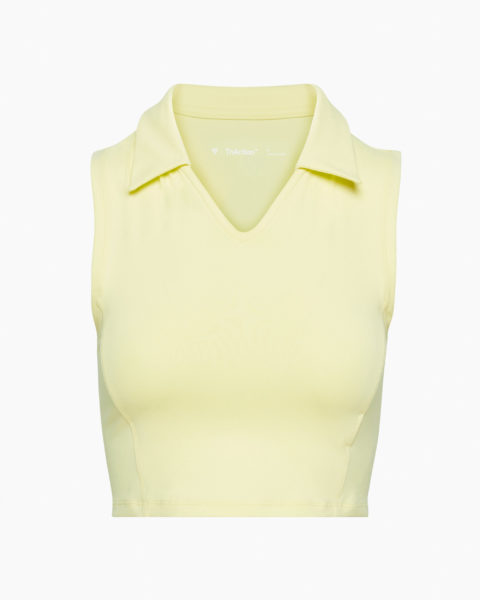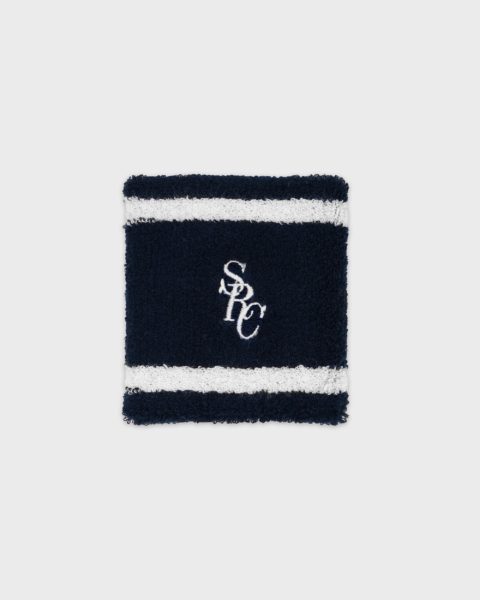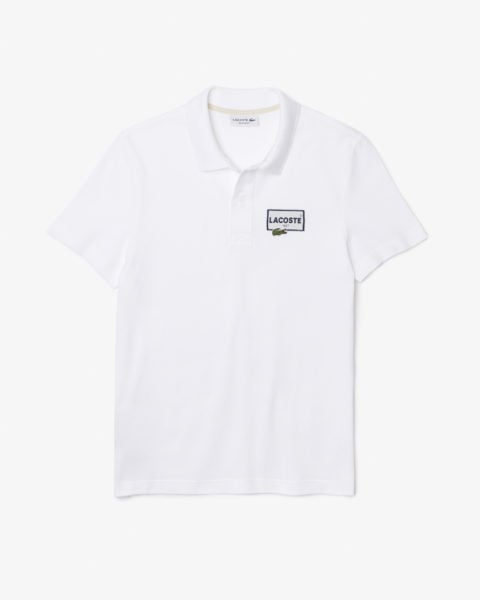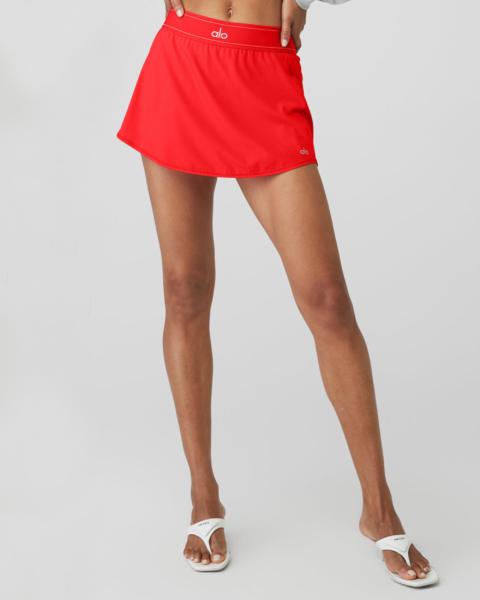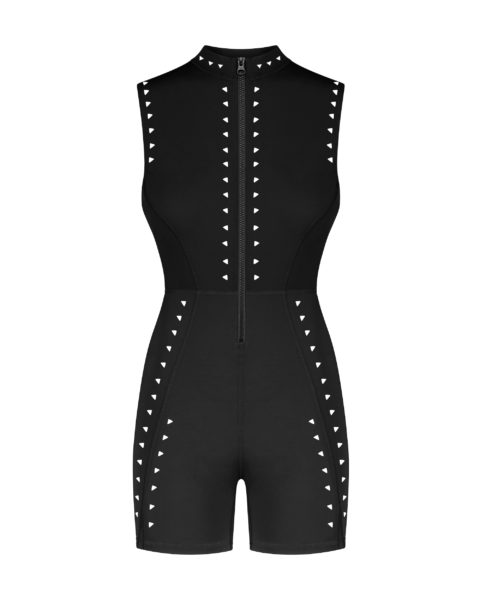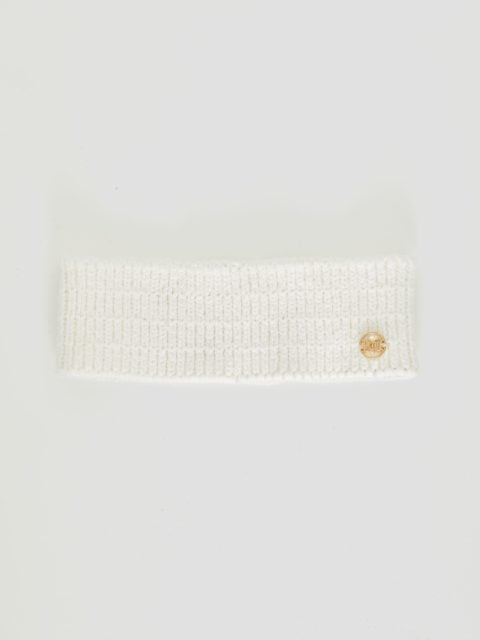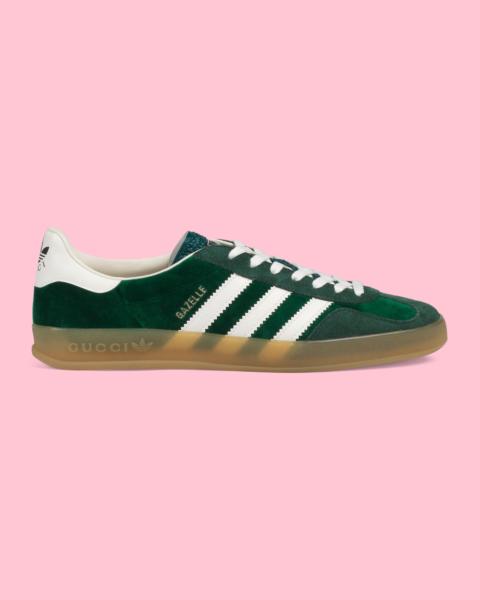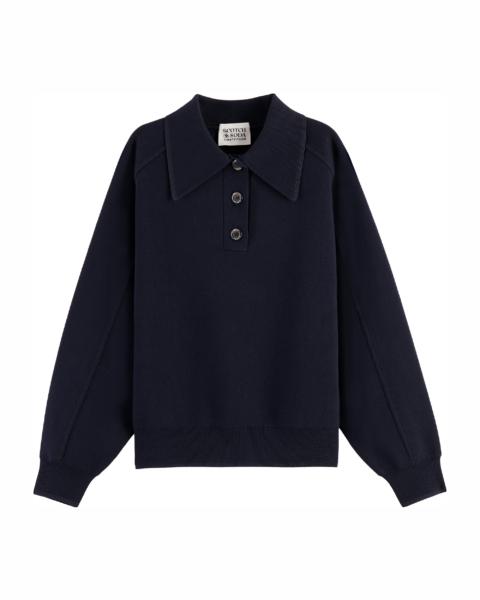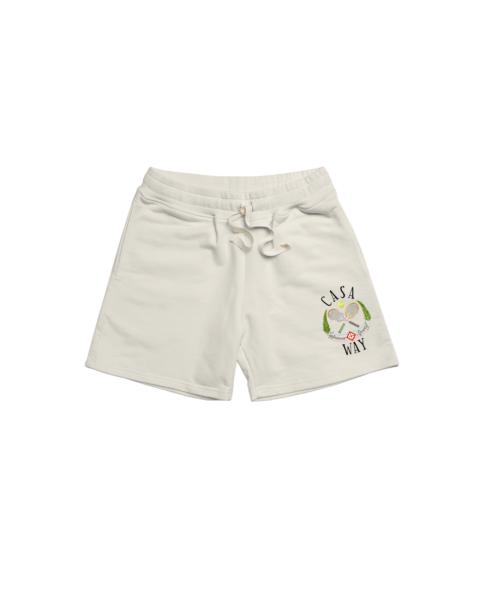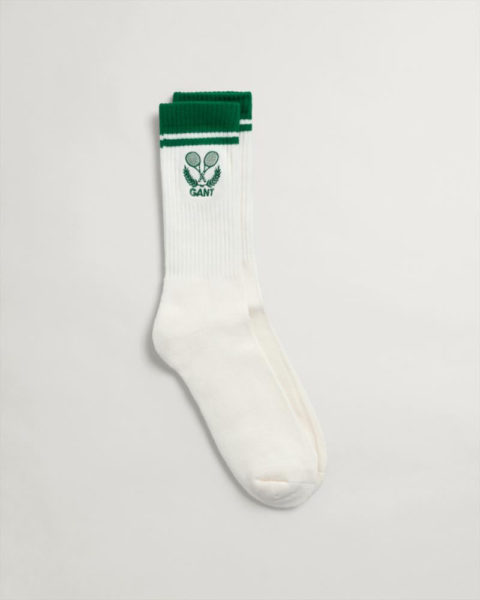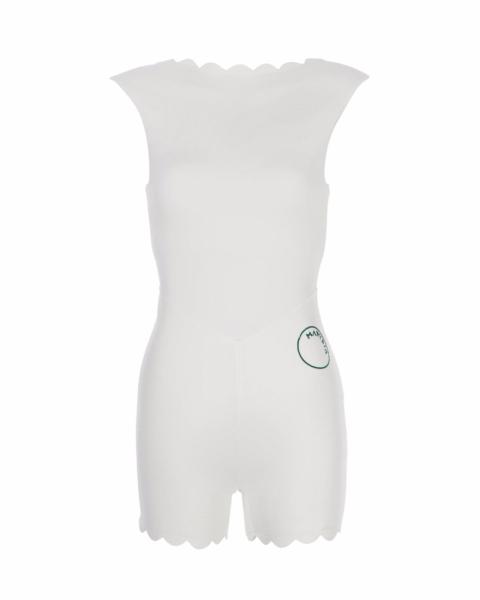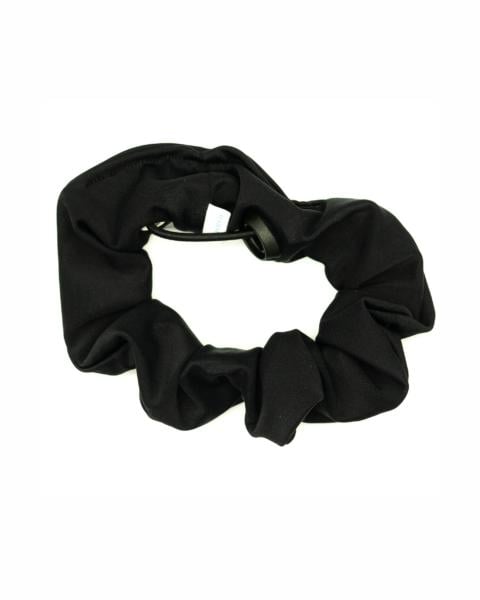Does the term “retro” mean anything anymore? With each new style revival comes a contemporary twist, bringing about an era of fashion rich in never-before-seen individuality with a heavy dose of comforting nostalgia. Enter roller skating and its ever-flowing archive of groovy inspiration.
The sport has been booming since the onset of the pandemic when videos of roller skaters first took off on TikTok. Evoking a feeling of carefree joy during a period of uncertainty, the trend sparked a cultural resurgence and, needless to say, quad wheels have since been flying off the shelves. Despite the short-lived revival of other long-lost hobbies in 2020 — like bread-baking and crocheting — this activity has had an ongoing retro resurgence.
@marawa Having a very unproductive week tbh. Hbu? I love you @A-Morir Studio 💎
Today, roller skating is a fashion phenomenon. The activity is wrapped up in sartorial sentimentality, with skaters recreating quintessential vintage looks and putting customized spins on avant-garde wheels. While the modern-day resurgence has brought forth fresh styles, the sport as a form of radical self-expression is nothing new.
@jelly.fits THEY ARE THE CUTEST #foryourpage #summer #fashiontiktok #fup #viral #party #fypシ #JDSummerDrip #JDSummerDrip #outfitinspo #rollerskating
Throughout history, the activity has provided a sense of solidarity among marginalized communities. That has carried through to today, where cities across Canada (and beyond) have online roller skater platforms and a burgeoning array of venues that preach a safe space ethos.
First invented in 18th century Belgium, roller skating took off in the Victorian era. For young women specifically, the hobby provided a means of escapism and agency during a time when they had little personal freedom and wore restrictive clothing.
Victorian England- Women Roller Skating (1880s) pic.twitter.com/YnQJkYEbYy
— Old Photos and Bacon (@OldPhotosBacon) October 6, 2014
Through the decades, roller derby became an important sport for queer women, and still holds special significance for LGBTQIA2S+ communities today. Roller skating has a distinct culture within Black communities as well, from the Civil Rights movement through to the emergence of Hip Hop.
In the ‘70s and ‘80s, roller skating ascended from sport to fashion statement, with footwear variations coming in an array of candy-coloured styles. Thanks to the era’s groovy aesthetics, roller disco rinks became popular hangout spots. And today, they’ve once again become a haven for fashion risk-takers.
@rxneexx Who wants to go skating? #outfit#80s#80sfashion
Retro roller skating fashion is defined by bell bottoms, halter tops, colourful patterns, fringe detailing and, of course, sequins. But the key to a killer roller skater wardrobe in 2022? Unapologetic individuality. The new wave of roller skating is defined by those who have historically been excluded from it in mainstream culture, which has centered white, thin bodies. Social media representation of modern roller skating is diverse, adding to its sense of freedom.
@fatgirlhasmoxi #rollerskating on a Sunday is a vibe. #fypシ #fatskatelove #foryoupage
While it looks graceful, the balancing act requires major skill. As such, roller skating visuals are undeniably empowering. Brands like Moschino and Saint Laurent have included them in memorable collections. And they have been at the centre of many statement-making music videos, from Cher’s “Hell on Wheels” to Beyonce’s “Blow.” More recently, Margot Robbie has been spotted in retro wheels for the upcoming Barbie movie.
Margot Robbie and America Ferrera rollerskating on the set of Greta Gerwig’s Barbie. 🛼💓 pic.twitter.com/M4PbyGtAJh
— Letterboxd (@letterboxd) June 27, 2022
Roller skating evokes a joie-de-vivre and theatricality that encourages the wearer to romanticize life. Who wouldn’t want that? With its colourful aesthetics and joyful associations, we’re riding into new-age roller skating with full force.
The post How to Channel the Groovy Roller Skater Aesthetic appeared first on FASHION Magazine.
from FASHION Magazine https://ift.tt/IsKQaZ4
